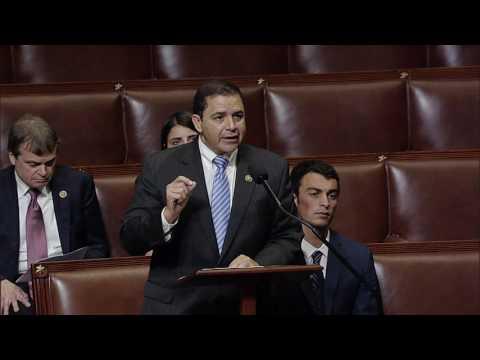The global transition to cleaner energy sources is moving forward. According to a recent report from the U.K.-based energy think tank Ember, 30% of the world’s energy generated last year was from renewable sources – a record high.
Leading the growth was solar, with a 23% increase in generation, and wind, with a 10% increase.
Matt Smith, energy analyst for Kpler, joined the Standard to break down the report and what we can expect from Texas renewables.
This transcript has been edited lightly for clarity:
Texas Standard: Tell us a bit more about this report and some of its main findings.
Matt Smith: Sure. So as you mentioned, last year was a record breaking year for renewables, according to Ember, which makes sense, given that we need to see records going forward to reduce fossil fuel consumption and emissions from the power sector.
On the aggregate, the share of renewables increased by 1%. So that kind of pushed us over the threshold into 30% for the first time.
In terms of where that renewable growth is coming through from, China added more renewable energy than any other country last year. It accounted for 51% of new solar power and 60% of new wind power additions globally as well.
But in terms of the solar additions, they’re actually fairly polarized. So for regions and countries, China, the EU, the U.S. and Brazil accounted for 80% of all new solar power generation last year. So they were the key drivers, really.
Well, I mean, from a climate perspective, this seems positive, right? But what are some of the, I guess, maybe more negative elements of the report, from that climate view?
We’ve had droughts that have caused a big problem, particularly in India and China, North America and Mexico. So this caused hydropower to drop to a five-year low.
And while I was just raving about how much solar and wind China is adding, they still got 60% of their power generation from coal, and China actually accounts for 55% of the world’s coal-fired power generation. So they’re this kind of behemoth, right? They’re adding solar, they’re adding wind, but they’re still consuming a lot of everything, basically.
On the flip side of that, aside from the supply-side challenges, demand just continues to rise. So with the world consuming more electricity than ever, demand was up 2% last year. And that’s basically the equivalent of how much Canada uses in a year. So we need to see supplying increasing to meet increasing demand.
» GET MORE NEWS FROM AROUND THE STATE: Sign up for Texas Standard’s weekly newsletters
So if we bring this back to the U.S., what does the U.S. generation mix look like?
So in terms of utility scale electricity generation, some 60% still comes from fossil fuels, and that’s split about 45/15 in favor of natural gas and coal.
And then renewables account for just over 20%. And so that’s not just wind and solar, but that’s including hydropower as well.
And then nuclear rounds this out at 20%. So it’s basically 60/20/20 in kind of the breakdown.
And how about here in Texas? I know we’ve bragged about, you know, bleeding in wind. How are we looking compared to other states, and what should we expect going forward?
Well, the share of natural gas and coal, actually in the generation mix is very similar to the ones I quoted you for the U.S., while renewables, they are higher – they account for 30% of the generation mix.
And as you mentioned, wind power is the lion’s share of that, right? Texas accounts for like over a quarter of all the wind power generated in the U.S.
And then it’s 10% for nuclear. So it’s kind of 60/30/10 on the breakdown. So new renewables are much more part of the mix in Texas than in other states. And that’s only going to continue to grow. But the push is going to be from the solar side of things.
So by 2035 we should see wind and solar generation are going to be double what they are now. But really they need to be, because power generation additions are much needed. Texas is the leading state for electricity consumption in the U.S.; that’s double that of Florida and California. And that number is pretty crazy.
And that number is only going to grow as the population in Texas continues to boom, while demand also grows due to the industrial sector and data centers being added and air conditioning as temperatures rise. So the picture is bullish both on the supply side and demand side for Texas here.













